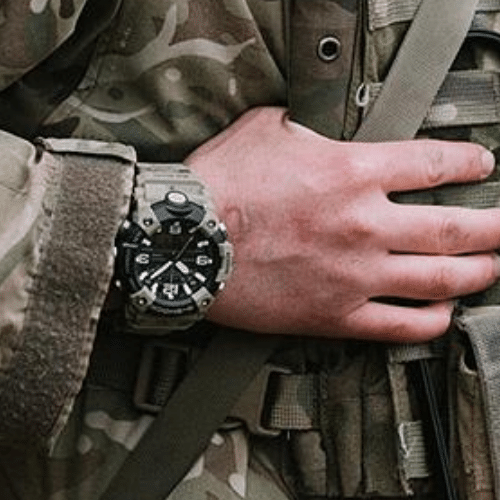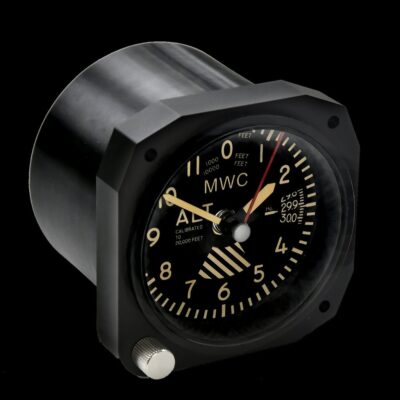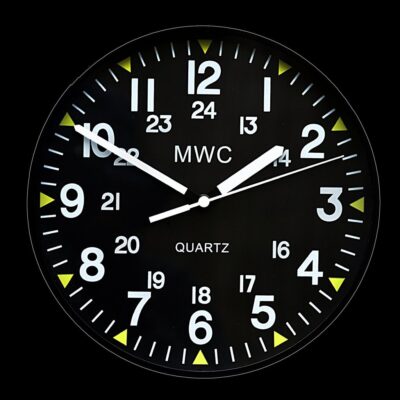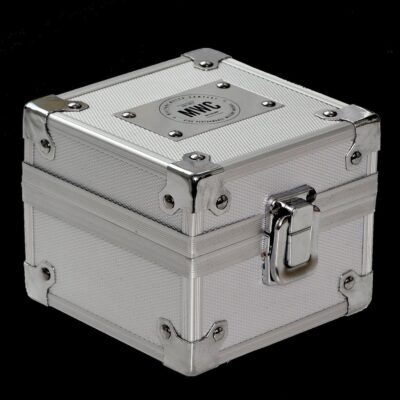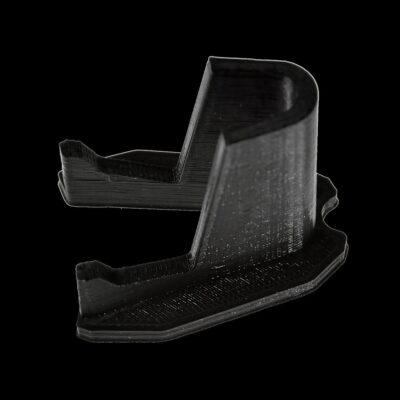News
Iran Receives Emergency Airlift of Chinese Air Defence Systems as Israel Considers New Attacks
The Iranian Air Defence Forces have received Chinese-made long range air defence systems, according to new reports from regional sources. An unnamed Arab official speaking to a local media outlet noted Iranian efforts to “back up and reinforce” its air defences, and that the information on these efforts had been passed on to the United States. The reports follow successful Israeli and American efforts to penetrate Iranian airspace during attacks from June 13-24, which saw Israeli F-35 stealth fighters and U.S. Air Force B-2 stealth bombers operate deep inside the country, while older aircraft such as F-15s and F-16s launched air-to-surface missiles from safer distances. Israeli officials have indicated that further attacks on Iran are under consideration, primarily to prevent the country from sustaining ballistic missile production, which makes the strengthening of Iranian air defences appear highly urgent.

During the period of active Iranian-Israeli hostilities, a number of sources reported that two Chinese transport aircraft had landed Iran, fuelling speculation that deliveries to support the country’s war effort had been made, possibly of equipment which could strengthen Iranian command and control capabilities. Chinese surveillance ships were also reported to be operating in the vicinity, potentially passing intelligence to the Iranian Armed Forces, much as Western satellites, warships and surveillance aircraft across the Middle East were doing to support Israel. Iran was in the past far from proactive in strengthening defence ties with China, and notably neglected to make major procurements of armaments despite its urgent need for new fighter aircraft, and the limitations of its equipment across most areas of its conventional forces from air defence to armour and submarines. This sharply contrasted with neighbouring Pakistan which, despite facing less capable adversaries, invested much more heavily in comprehensively modernising its conventional capabilities with Chinese support.

Although Iran faces an extreme deficiency in its fighter aviation capabilities, the considerable time it takes to train new fighter pilots and maintenance personnel, and to train to operate the aircraft as part of a integrated defence with ground based systems, makes it far from viable as an immediate solution. Re-training Iranian personnel from the S-300 and other advanced systems to utilise new Chinese systems, however, can potentially be done much more rapidly. The Chinese People’s Liberation Army Air Force has in the past made rapid and sensitively timed deliveries of advanced military equipment to a number of clients, with a notable example being the use of Y-20 heavy lift aircraft to transport HQ-22 medium range systems to Serbia shortly after the outbreak of hostilities between Russia and Ukraine in early 2022. Unfavourable assessments of the performances of Iran’s ageing Russian S-300PMU-2 and indigenous Bavar 373 long range surface-to-air missile systems that currently form the backbone of its air defence network may have been a factor that further increased the perceived urgency of deliveries.

Iran previously operated Chinese HQ-2 long range air defence systems from the late 1980s, which provided the only somewhat effective defence against Iraqi strikes on major cities using MiG-25RB bombers during the Iran-Iraq War. Iran’s indigenous, Soviet and Russian systems are all highly compatible and can be easily integrated with Chinese systems, potentially allowing new assets to serve as force multipliers for wider air defence networks by providing valuable sensor information including targeting data. China maintains a strong interest in strengthening Iranian defences, at a time when Israel and countries across the Western world are escalating efforts to remove the Iranian government from power and install a pro-Western regime in its place, which would further shift the regional balance of power to align with the interests of Beijing’s Western adversaries. It remains highly uncertain to what extent emergency Chinese support can compensate for sustained underinvestment in defence by the Iranian state, but the particularly strong standing of the Chinese defence sector and technological base have the potential to make new deliveries a game changer for future rounds of hostilities.

